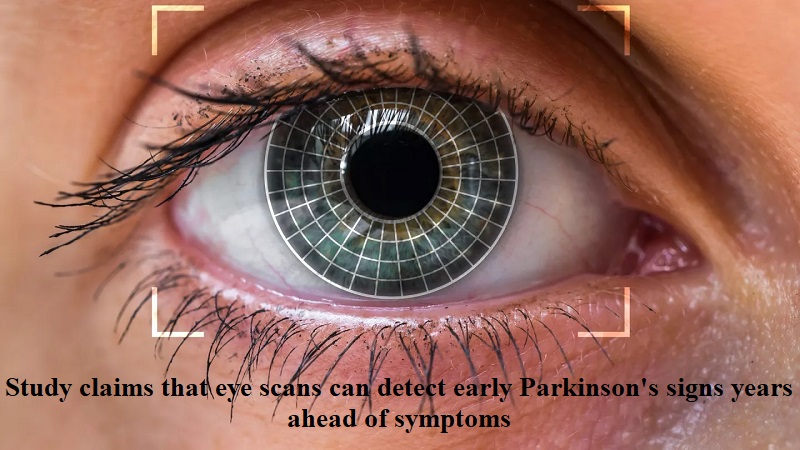
The human eye, a remarkable feat of biological engineering, functions as a distinctive gateway for glimpsing into the complexities of the central nervous system. Employing an innovative approach, scientists have revealed the potential to identify initial indicators of Parkinson’s disease, introducing a novel dimension to early diagnosis, potentially detecting symptoms up to seven years before they become apparent.
This groundbreaking revelation centers on the utilization of three-dimensional eye scans, a routine tool in optometry for evaluating the state of the retina—a layer of nerve cells located at the rear of the eye—as noted by Science Alert.
What remained concealed until recently is that these scans harbor subtle markers that extend to both physical and neural well-being.
Over the past decade, researchers have embarked on an ambitious journey to leverage this data in diagnosing neurological conditions like Alzheimer’s, multiple sclerosis, and schizophrenia, birthing the emerging field of ‘oculomics’.
Within this realm, Parkinson’s, a perplexing neurological disorder marked by an elusive origin and remedy, assumes a prominent role.
Pearse Keane, a professor of artificial medical intelligence at University College London and Moorfields Eye Hospital, remarked, “The eye is the only part of the body where you can directly visualize the microvascular circulation—the flow of blood through the tiniest vessels. If you have changes in your blood or cardiovascular system, those changes may be manifested in the retinal blood vessel.”
In an extraordinary endeavor, researchers from various UK hospitals orchestrated the largest-ever study on retinal imaging in relation to Parkinson’s disease. Although scientists had previously observed irregularities in the retinas of deceased Parkinson’s patients, the applicability of these changes within a living context had remained elusive. However, the latest findings suggest a different narrative, offering a potential avenue to understanding the disease’s onset and progression.
Leveraging the capabilities of artificial intelligence, researchers meticulously examined eye scans from an extensive pool of 154,830 patients aged 40 and above.
Within this group, 700 individuals grappling with Parkinson’s exhibited subtle yet statistically meaningful deviations in their retinal characteristics.
Notably, specific areas showcased a pronounced thinning in the inner ganglion cell layer—a section responsible for transmitting visual information through dopamine.
This discovery emerged as a crucial clue when analyzing eye scans from the extensive UK Biobank database, encompassing 67,311 individuals, including 53 who were diagnosed with Parkinson’s during the course of the study.
The research underscored that thinning of the inner ganglion cell layer could materialize during the early stages of Parkinson’s, preceding the manifestation of clinical symptoms.
This revelation corroborates earlier observations of ganglion thinning in Parkinson’s patients and fortifies the hypothesis that ocular transformations might constitute among the earliest indications of the disease.

Post Your Comments